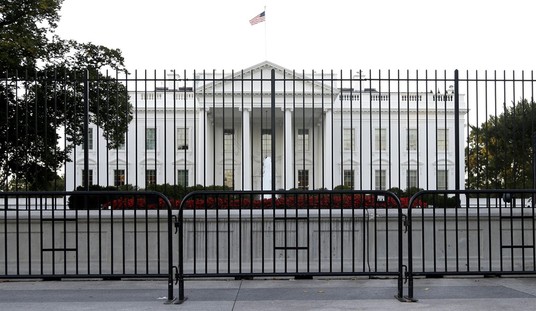Every so often, I see a cartoon or image that provides a teachable moment about economics.
This Wizard-of-Id parody, for instance, contains a lot of insight about labor economics. As does this Chuck Asay cartoon and this Robert Gorrell cartoon.
And if you want to understand Keynesian economics, this Scott Stantis cartoon is a gem, as is the third image in this post (and while there’s no economic substance, this Lisa Benson cartoon about Keynesianism is worth sharing simply because it’s funny).
Regarding the minimum wage, Henry Payne effectively shows – in this cartoon and this cartoon – how mandating above-market wages is very bad news for those with limited skills.
You can also get clear messages about why a welfare state is economically destructive in this classic from Chuck Asay, as well as these home-made cartoons on riding the wagon vs pulling the wagon, which have received more views than anything else I’ve ever posted.
Recommended
Surprisingly, though, I haven’t seen many cartoons about the economics of tax policy or supply-side economics.
I’ve shared lots of cartoons (see here, here, here, here, here, and here) and one image about class warfare, but they invariably seem to make philosophical or political points.
Same for the cartoons about the value-added tax (here,here, and here). They’re funny, but they’re not teaching any economics.
The only tax-oriented cartoons that have some economic education include this Chuck Asay cartoon includes some basic observations on incentives, but his main point is about vote-buying rather than economics.
The second cartoon in this post makes a good point about taxes driving away economic activity, but it’s probably best categorized as mockery rather than economic education. And these cartoons about corporate inversions also could be categorized that way.
So I’m delighted to share this image a reader sent to me.
I’m not sure why it uses a dinosaur, but it perfectly summarizes the case for supply-side economics.
I’m a big fan of this image for two reasons.
First, I almost always use this example when giving speeches about tax policy. Just about everyone in an audience will understand that politicians commonly argue that we need higher tobacco taxes to discourage smoking. I tell them I don’t think it’s government’s job to dictate our private behavior, but I also tell them the politicians are right: The more you tax of something, the less you get of it. I then point out that the same principle applies to taxes on productive behavior such as work, saving, and investment, which is why tax rates should be as low as possible.
Second, even leftists admit (when it suits their purpose) that taxes impact incentives. President Obama’s former chief economist, for instance, wrote that “all taxes discourage something. Why not discourage bad things…rather than good things, such as working and saving.” Of course, he somehow forgot these insights when Obama was pushing for class-warfare tax hikes as part of the fiscal cliff deal.
P.S. I’m not sure whether these qualify as economically educational, but I heartily recommend this Chuck Asay cartoon on regime uncertainty and this A.F. Branco cartoon on Obama’s hostility to entrepreneurship.
P.P.S. I do have a couple of stories that make insightful and educational points about taxation. And they tend to be very popular. This story on “the tax system explained in beer” is my second-most-viewed post. And the “socialism in the classroom” example about the perils of redistribution is my fifth-most-viewed post.



